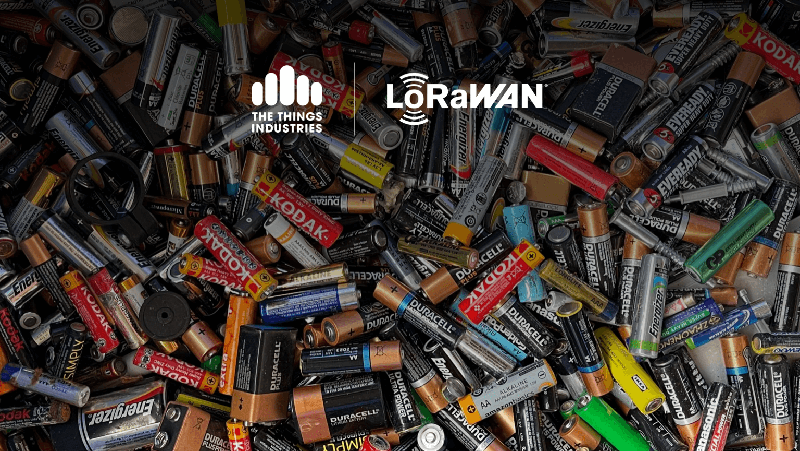Energy harvesting and managing e-Waste with LoRaWAN®
Solutions for building sustainable LoRaWAN product

Electricity for LoRaWAN devices can be harvested from various ambient power sources such as solar (photovoltaic), thermal, vibration, and radio waves. E-waste can be managed and recycled to make the world a better place for humans, animals, plants, and other living things.
Energy harvesting
Energy harvesting for sensor nodes is becoming an emerging field. Research is currently being conducted on the various sources that can be used to produce electricity to power IoT end devices. The harvested energy is best suited for most low-power applications, for example, LoRaWAN end-devices.
Companies like e-peas and NOWI are using LoRaWAN to develop energy harvesting chips that extract maximum energy from various ambient sources. Harvested energy can be stored in a variety of energy storage elements, such as a rechargeable battery or a super-capacitor. These energy harvesting chips will avoid or minimize battery replacement, hence reduce the need for purchasing new batteries and the disposal of depleted batteries. Improperly disposed batteries contribute to soil, water, and air pollution as depleted batteries decay and leak. Leaked chemicals travel through the soil and pollute surface water and groundwater.
Combining microcontrollers that use ultra-low power with the energy harvester chips is also a good choice to use harvested energy for a longer period of time.
Solar (Photovoltaic): Solar power is being used to harvest electricity from sunlight for decades. These chips are capable of harvesting energy in low-light indoor conditions to high-light outdoor conditions, and automatically recharge the battery when required. Depending on the light condition, e-peas’ solar energy harvesting chips can generate from 10 µW to 10 mW per cm², most likely enough to power the sensor nodes.
Thermal: Thermal energy can be harvested in an environment presenting thermal gradients. The thermal gradient can be defined as the temperature difference and the distance between two points. The heating source could be heaters, human bodies, motors, compressors, boilers, etc. Depending on the thermal gradient, e-peas’ thermal energy harvesting chips can generate from 20 µW to 10 mW per cm², most likely enough to power sensor nodes.
Vibration: Electricity can be harvested from sources that make vibration, for example, motors, vehicles, humans, machines, etc. This can be done by using a vibration harvester chip. The chip could be a piezo vibration or an electromagnetic harvester. These chips can be used to gather a small amount of power to charge batteries.
Radio Frequency: Harvesting electricity from radio waves is an emerging technology trend. Some companies have developed chips that can be used to collect electricity from specific frequency ranges, for example, 868MHz (Europe), 915MHz (USA), or 2.4GHz. The energy source could be a radio transmitter or a GSM cellular station.
e-Waste
e-Waste becomes a major problem in many countries around the world. e-Waste is generated from any electronic device at the end of its lifespan. Dumping these electronic devices becomes a hazard for the environment and human health. For example, in landfills like Agbogbloshie, e-waste is dumped carelessly and people try to make a living by burning electronics to extract metals. The fumes released from the burning of plastics and metals used in electronics are composed of highly toxic chemicals.
Some companies claim to provide solutions for managing and recycling e-waste and extract gold, silver, copper, plastic, and other useful metals from various electronic devices safely.
Closing The Loop has introduced an innovative solution to manage, recycle, and reduce e-Waste. When you buy or lease a new device, you pay a small waste-compensation fee to Closing The Loop. The fee is used to collect and recycle an equivalent amount of electronic waste in countries that lack safe recycling systems. The collected e-waste is getting properly recycled locally or shipped to certified recycling facilities in Europe. Recycling such waste compensates for your new device. It makes your purchase waste neutral.
Energy harvesting practices and e-Waste management is a great opportunity to increase the lifetime of the device, and therefore lower the cost of ownership.
Are you interested in building your own LoRaWAN energy solution? Try The Things Stack, an open-source LoRaWAN Network Server that can be used by global public and private deployments, as well as small, local networks.
Scale with The Things Industries


